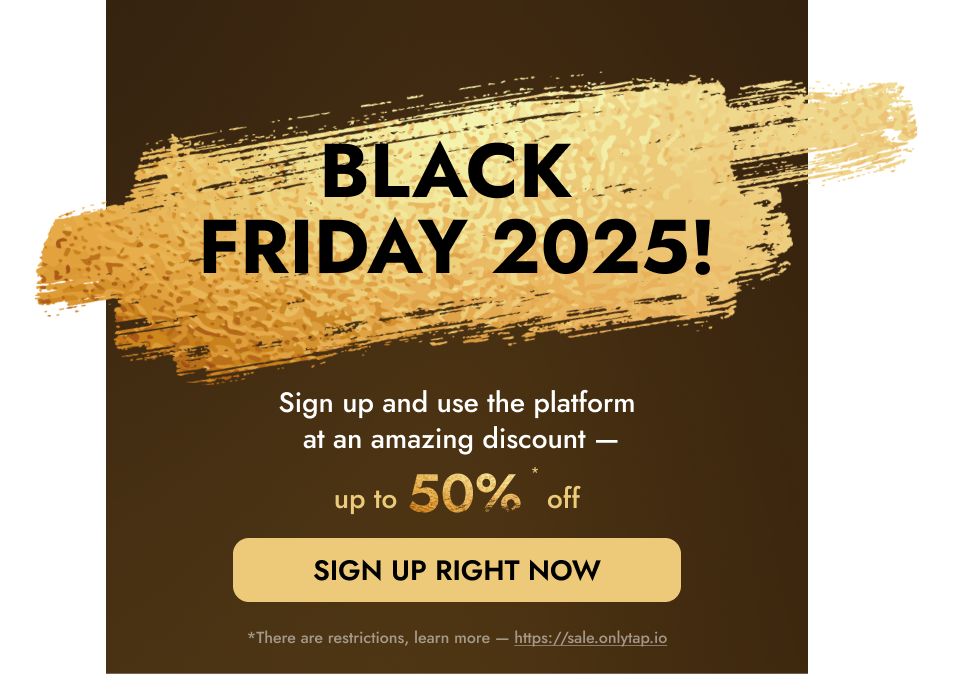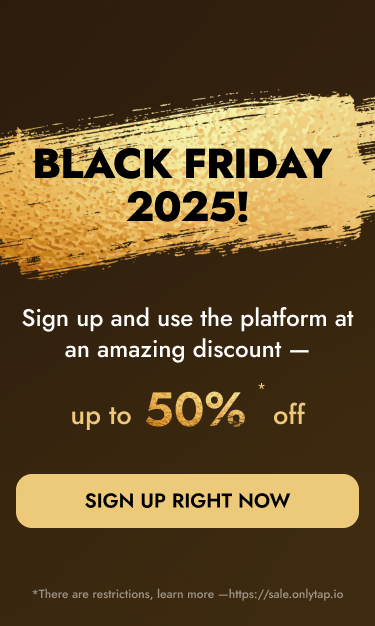Instagram is one of the most popular social media platforms in the world — and one of the most effective for promoting products and services. The good news? Running ads doesn’t require years of experience or a massive budget. All you need is a solid understanding of the tools and a bit of strategic thinking.
In this guide, we’ll walk you through how to launch your first Instagram ad campaign without overspending — even if you’re a complete beginner.
What You Need to Start Advertising
First things first: you can’t run Instagram ads from a personal account. You’ll need a business or creator account that’s connected to a Facebook Page. This is a Meta requirement, since Instagram and Facebook share the same ad system.
Here’s how to switch:
- Go to your Instagram settings → Account
- Tap “Switch to Professional Account”
- Choose either “Business” or “Creator” and follow the prompts
- Connect a Facebook Page (you can create one during setup)
Option 1: Boost a Post from Instagram
If you’re just starting out and want to experiment with ads quickly, the easiest method is to use the Boost Post button directly on Instagram.
Here’s how:
- Go to the post you want to promote
- Tap Boost Post
- Choose your goal (e.g., More Messages, More Profile Visits)
- Set your target audience — either automatically or manually by location, interests, gender, and age
- Define your budget and duration
- Submit — Instagram will review the ad and then publish it
Pros: It’s fast and simple — no need to understand the full Ads Manager interface.
Cons: You get limited control over targeting, placement, and ad format.
Option 2: Run Ads Through Meta Ads Manager
If you want more precise targeting, retargeting options, and the ability to run A/B tests, use Meta Ads Manager — the professional-grade ad tool by Meta.
Step 1: Go to Meta Ads Manager
Visit adsmanager.meta.com and click “Create.”
Step 2: Choose Your Campaign Objective
Meta offers goals like brand awareness, traffic, engagement, app installs, and lead generation.
For example, choose Traffic if you want people to visit your website.
Step 3: Set Budget and Schedule
Pick a daily or lifetime budget and set a start/end date.
Tip: Start small to test performance before scaling.
Step 4: Define Your Target Audience
You can:
- Use a saved audience
- Create a new one based on location, age, interests, language, and behavior
- Upload your own customer list (emails, for example)
- Build a Lookalike Audience based on your best clients
Step 5: Select Ad Placements
Let Meta place your ad automatically, or manually choose Instagram placements — such as Feed, Stories, Reels, or Explore.
You can exclude Facebook if you only want to advertise on Instagram.
Step 6: Create Your Ad
Upload media (images or videos), add headline and text, select format (carousel, single image, video, etc.), and insert a call-to-action — such as “Send Message” or “Shop Now.”
If your goal is website visits, include your link.
Key Metrics to Track Ad Performance
Running your ad is just the beginning. You need to monitor how it performs using Meta Ads Manager.
Here are the core metrics to understand:
CPM – Cost Per Mille (1,000 Impressions)
This is the cost for every 1,000 ad impressions. It helps you understand how expensive your reach is.
- Why it matters: If your goal is brand awareness, CPM is critical — lower CPM means more reach for less money.
- Good benchmark: $5–$15 is average, depending on niche and region. If it’s too high, your ad might be targeting too narrow an audience or lacking visual appeal.
CTR – Click-Through Rate
This shows what percentage of people clicked on your ad after seeing it.
Formula: (Clicks ÷ Impressions) × 100
- Why it matters: If you want clicks — to your website or messages — this is a key success metric.
- Good benchmark: A solid CTR is 0.5%–1%. Below that? Try a better visual, hook, or call-to-action.
CPC – Cost Per Click
This is how much you’re paying for each click.
- Why it matters: If your ad goal is to drive action, low CPC means better cost-efficiency.
- Good benchmark: For Instagram, CPC usually ranges from $0.50–$2. If it’s higher, check your targeting and creative.
Conversions
These are actions users take after interacting with your ad — like signing up, purchasing, or downloading something.
- Why it matters: Conversions show if your ads are actually delivering results.
- How to track: Install Meta Pixel on your website and set up conversion events. That way, you’ll see how many users complete desired actions.
How to Use This Data
- Compare creatives: If one image/video has a higher CTR and lower CPC — scale that one. Pause the underperformers.
- Focus on your objective: For brand awareness, look at CPM and reach. For sales, focus on CPC and conversions.
- Wait before judging: The first 24–48 hours are the learning phase. Wait a few days before optimizing.
- Test continuously: Try new audiences, visuals, and texts. Even small tweaks can make a big difference.
Final Thoughts
Launching Instagram ads isn’t as complicated as it seems — especially if you start small. You can use the Boost Post button for quick tests or go deeper with Meta Ads Manager for full control.
And if you want to streamline your entire content strategy — from planning to posting — Onlypult can help. Use it to manage organic posts, analyze performance, collaborate with your team, and then supplement with ads for maximum impact.






